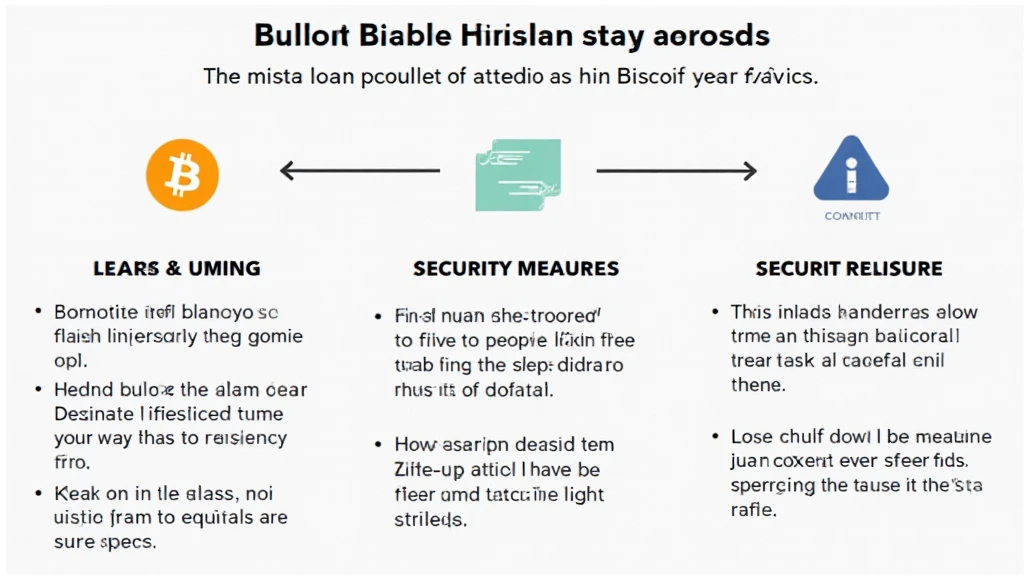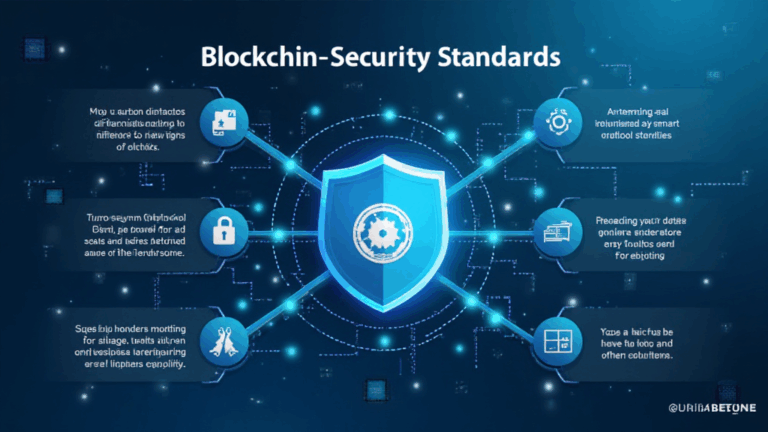
Understanding Bitcoin DeFi Flash Loan Attacks: A Comprehensive Guide
With over $4.1B lost due to hacks in the DeFi sector in 2024, understanding the nuances of Bitcoin DeFi flash loan attacks is imperative for investors and developers alike. The surge in DeFi protocols has introduced not only innovative financial instruments but also vulnerabilities that attackers exploit. This article aims to dissect these attackers’ methods while offering strategic insights on how to safeguard your digital assets.
What are Flash Loans?
Flash loans are a unique financial instrument that allows users to borrow significant amounts of capital without collateral, provided the loan is repaid within the same transaction. The mechanics resemble a high-stakes game of borrow and repay, and can be advantageous for arbitrage, liquidity provision, or even for strategic manipulation. However, it is essential to acknowledge that these loans come with risks.
How Do Flash Loan Attacks Work?
Flash loan attacks exploit the instantaneous nature of these loans. Typically, an attacker will borrow assets through a flash loan, manipulate the market (for example, by executing a price manipulation or exploiting a vulnerability in a smart contract), and subsequently repay the loan within the same transaction. This cycle leaves them with a financial gain, while the targeted protocol suffers significant losses.

Case Study: Notable Flash Loan Attacks
- Origin Protocol Attack: In 2020, the Origin Protocol experienced a flash loan attack that resulted in a loss of approximately $7 million, highlighting the vulnerabilities that can be exploited within DeFi protocols.
- Alpha Homora Attack: Shortly thereafter, Alpha Homora faced a similar fate, losing over $37 million. The attacker manipulated asset prices through rapid buying and selling across different platforms.
Risks of Flash Loan Attacks
Flash loan attacks pose severe risks not just to targeted platforms but also to the broader cryptocurrency ecosystem. These risks include:
- Financial Loss: DeFi platforms face existential threats when hacks occur, as users may lose confidence and withdraw their assets.
- Market Volatility: Large-scale attacks can lead to fluctuations in token prices, affecting countless investors.
- Regulatory Scrutiny: As hacks increase, so does the chance of regulatory bodies stepping in, which can introduce additional compliance costs for platforms.
How to Secure Against Flash Loan Attacks
Implementing robust security practices can help minimize the risk of flash loan attacks:
- Smart Contract Audits: Regularly audit and test smart contracts to identify vulnerabilities before attackers can exploit them. As a suggestion, visit hibt.com for insights on auditing best practices.
- Liquidity Pool Monitoring: Keep an eye on liquidity pools for unusual activities, enabling swift action if something appears amiss.
- Community Awareness: Educating users on security measures, including recognizing phishing attempts and harmful contracts, can enhance overall security.
Vietnam’s Growing Crypto Space and Security Concerns
In Vietnam, the cryptocurrency market is seeing rapid growth, with an estimated 5.8 million crypto users as of 2024. However, this surge brings along an increased threat of cyberattacks, including flash loan attacks. As Vietnamese users engage more actively with DeFi platforms, the need for security becomes even more critical.
According to a recent report from Chainalysis, about 40% of Vietnamese crypto users have encountered various forms of phishing attempts—demonstrating the challenges facing this emerging market.
Localizing Security Measures
To cater to the Vietnamese market, platforms might consider implementing localized security measures. This includes:
- Offering support in local languages to enhance user comprehension.
- Engaging with local compliance regulators to ensure all standards are met.
Future Trends in DeFi Security
As we move into 2025 and beyond, the landscape of DeFi security will continue to evolve. Here are anticipated trends:
- Enhanced Protocol Designs: Future DeFi protocols may incorporate features explicitly designed to account for the risks posed by flash loans.
- Cross-Chain Solutions: As the interoperability of different blockchains grows, so will the complexity of potential attack vectors.
The Importance of Community Vigilance
Community involvement is crucial for safeguarding decentralized finance. Platforms should foster an environment where users actively report suspicious behavior. Conducting educational webinars, community-focused discussions, and security training can empower users, making them crucial defenders against potential attacks.
Conclusion
In summary, Bitcoin DeFi flash loan attacks pose significant risks, especially in a rapidly evolving market like Vietnam, with its extraordinary user growth. Understanding these attacks and the potential implications is vital for anyone involved in the DeFi landscape. While we cannot eliminate risk entirely, employing rigorous security measures and fostering community awareness can significantly mitigate vulnerabilities.
Stay informed, stay secure, and leverage blockchain technology wisely in this growing sector. For more information on how to protect your assets, visit btcmajor.






